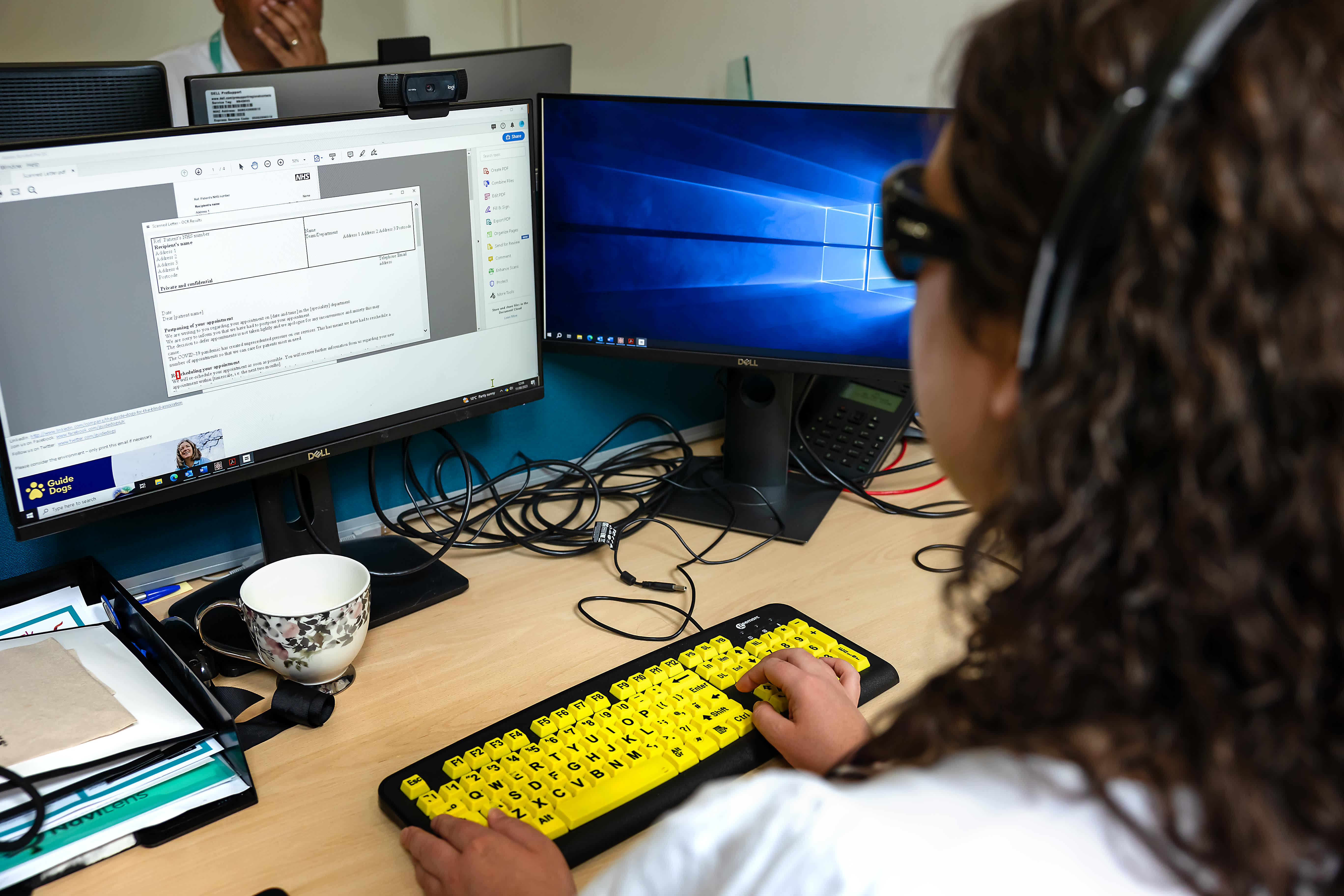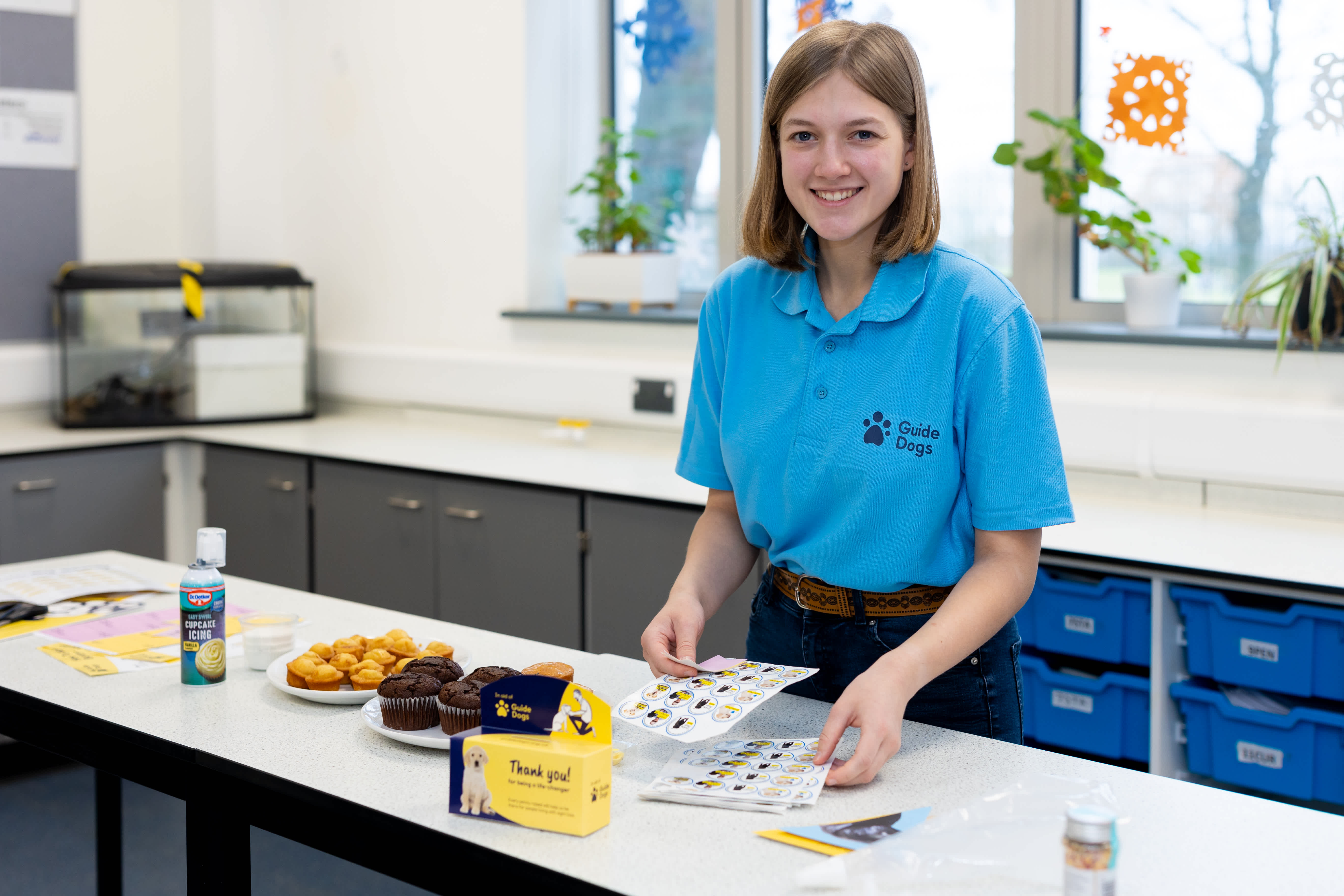My journey with technology as a person with a vision impairment initially presented significant challenges. Early digital tools and resources were not designed with accessibility in mind, making simple tasks like reading emails or browsing websites difficult. The limited functionality of early screen readers and the scarcity of accessible websites often left me feeling isolated and excluded from the fast-paced digital advancements that were reshaping the world.
Over the years, however, the digital landscape has undergone profound transformations. Advances in technology have led to the development of sophisticated screen readers, websites built with accessibility as a foundational element, and applications that can recognise objects and read texts aloud. These improvements have not only enhanced the usability of digital platforms but have also turned them into spaces of opportunity and inclusivity.
On a personal level, technology has virtually replaced my vision. It enables me to perform daily activities independently, such as online shopping, using public transport, reading books, and staying connected with friends and family. This independence is liberating, yet it remains fragile, relying heavily on the continuous commitment of developers, designers, and policymakers to keep accessibility at the forefront of technological advancement.
Professionally, the impact of technology has been equally transformative, creating a level playing field that allows me to compete and contribute on equal terms. Accessibility tools have enabled me to access essential information, collaborate with colleagues, and pursue my career goals. However, despite these advancements, each new tech development can still present challenges and barriers.
The theme for Global Accessibility Awareness Day (GAAD) 2024, "Built Without Barriers" represents a vision for the future. This vision advocates for inherently accessible digital experiences that benefit not only people with visual impairments but everyone. It promotes the principles of universal design, ensuring that digital products are usable by people with a range of abilities and circumstances.
While we have seen significant progress towards digital inclusion, the journey is ongoing. It is crucial to continue advocating for accessibility as an integral part of digital design, which is part of the purpose of Global Accessibility Awareness Day. Technology that is ‘built without barriers’ ensures access not only for people with disabilities but also enhances the digital experience for all users, fostering a more inclusive and connected world.
Find out more about GAAD by reading our blog post from last year: What is Global Accessibility Awareness Day (GAAD).



